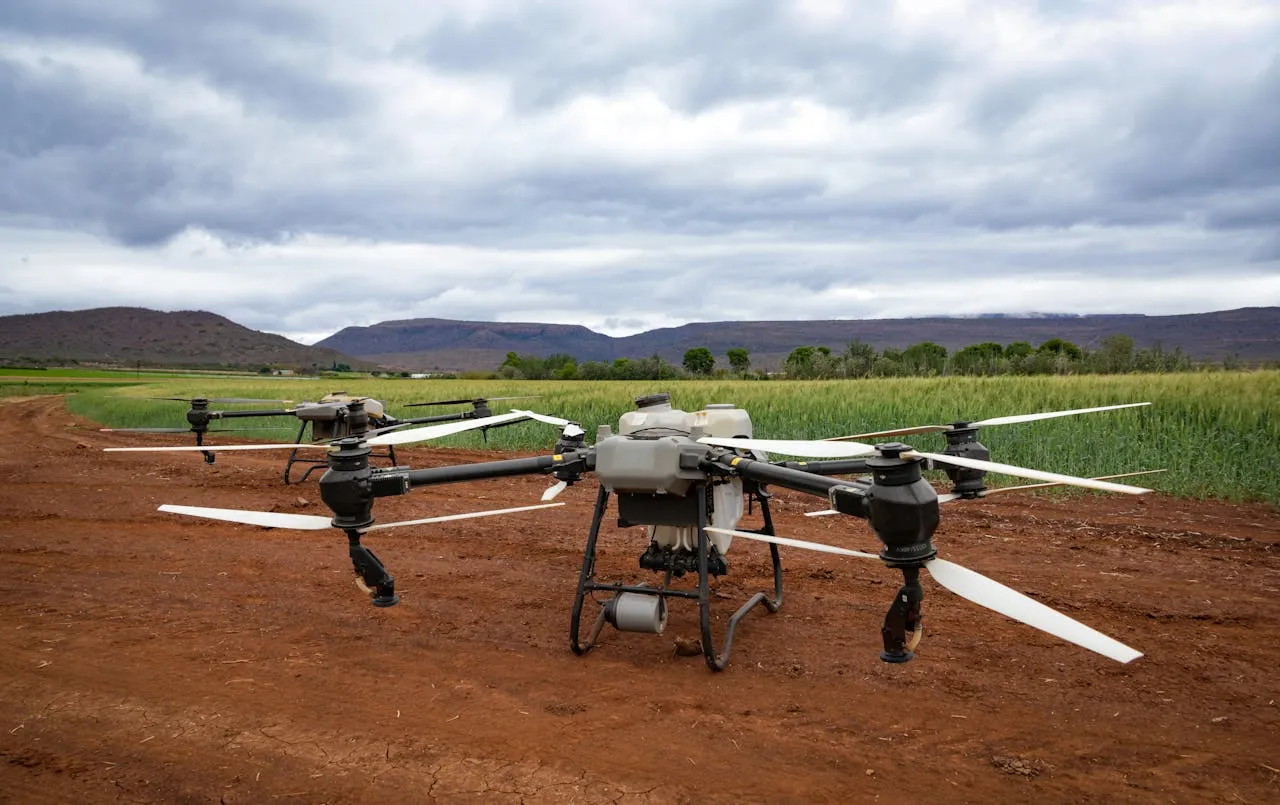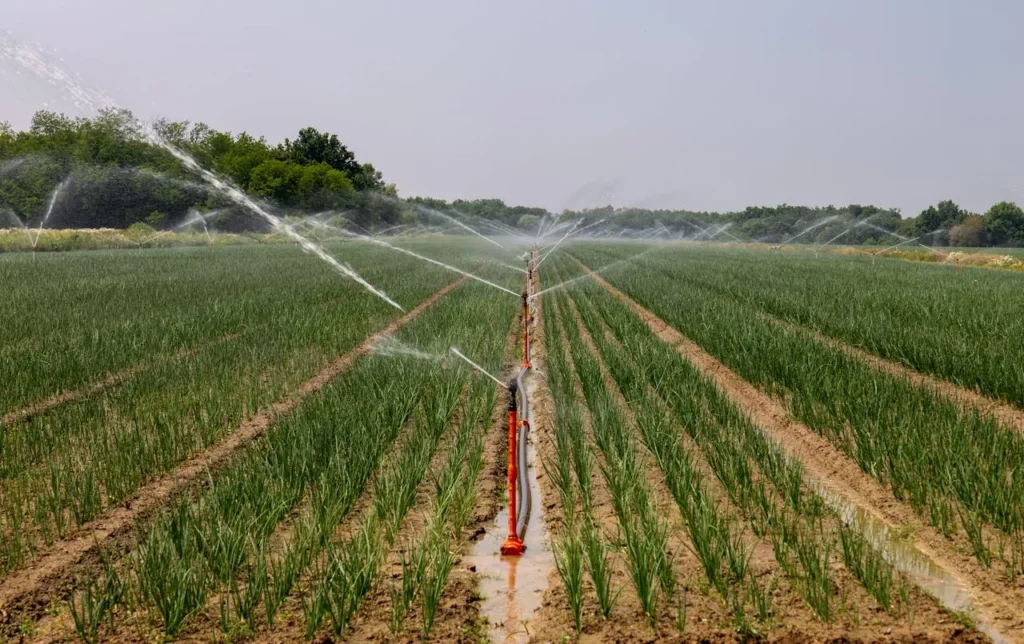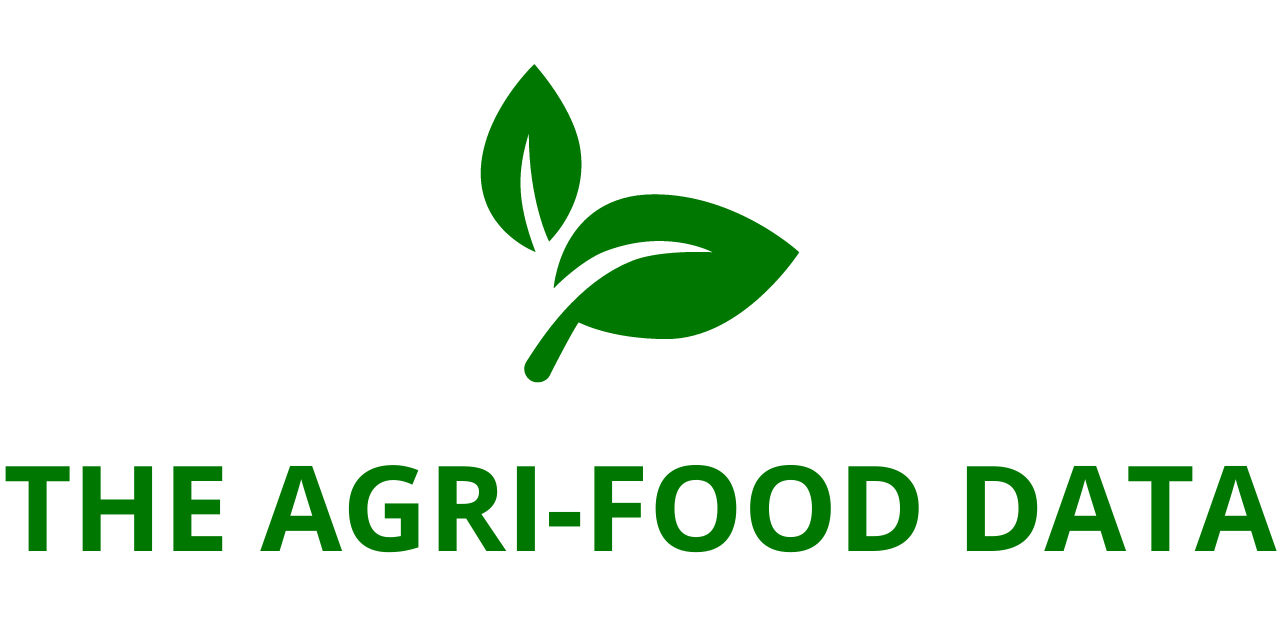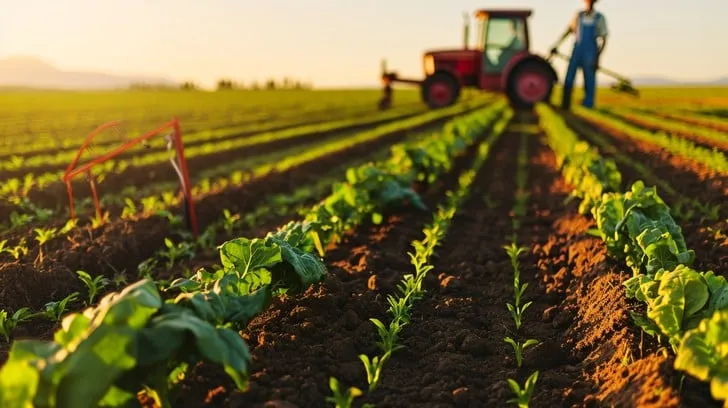
Crops and Drone Technologies Precision Planting Market Outlook 2025–2035 Driven by Specialty Crop Adoption
The global Precision Planting Market is poised for significant growth, according to the newly released report “Precision Planting Market – A Global and Regional Analysis: Focus on Market by Crop Type, Deployment Type, and Region – Analysis and Forecast, 2025–2035,” published by ResearchAndMarkets.com.
Valued at USD 1.65 billion in 2025, the market is projected to reach USD 3.50 billion by 2035, expanding at a compound annual growth rate (CAGR) of 7.76%. This steady rise reflects the growing importance of precision agriculture in addressing the twin challenges of increasing food demand and the need for sustainable, resource-efficient farming.
Market Drivers: Efficiency, Sustainability, and Technology Integration
The adoption of precision planting technologies is accelerating as farmers face mounting pressure to maximize yields, reduce input costs, and comply with environmental regulations. Crops and Drone With input prices—especially for seeds and fertilizers—continuing to rise, farmers are increasingly drawn to technologies that allow for precise, row-by-row control of planting density, depth, and spacing.
Precision planting not only enhances productivity but also ensures more sustainable resource use, aligning with government policies promoting carbon reduction and improved soil management. Initiatives in North America, Europe, and emerging agricultural economies are encouraging farmers to invest in technologies that deliver measurable improvements in efficiency and yield stability.
At the same time, rapid technological advancements are making precision planting systems more accessible and adaptable. Innovations in GPS guidance, sensors, telematics, data analytics, and AI-based agronomic modeling are transforming traditional seeding operations. Crops and Drone These integrated systems now offer real-time feedback and automated adjustments, enabling farmers to make data-driven decisions with greater confidence and consistency.
The convergence of economic necessity, regulatory incentives, and digital innovation is creating a favorable environment for adoption—particularly in large-scale row Crops and Drone such as corn, soybeans, and wheat, where the benefits of precision planting are most pronounced.
North America Leads the Global Market
North America currently represents the largest and most advanced market for precision planting technologies. The region’s success stems from a combination of technological maturity, supportive government policies, and a strong ecosystem of ag-tech innovators.
Farmers in regions such as Ontario and the U.S. Midwest are increasingly relying on GPS-based guidance systems and data analytics tools to improve planting accuracy and resource management. Crops and Drone The result is improved yield uniformity and reduced input waste—key advantages amid tightening profit margins and sustainability targets.
One notable industry development includes AGCO Corporation’s acquisition of Trimble’s agricultural assets in September 2023, which has strengthened AGCO’s mixed-fleet precision agriculture platform. This move expands technology access across various equipment brands, ensuring greater compatibility and usability for farmers.
Leading manufacturers such as John Deere, Trimble, and AGCO continue to invest in the next generation of planting technologies, focusing on automation, machine learning, and cloud-based analytics. However, challenges remain—particularly in addressing infrastructure disparities, data privacy concerns, and regional variations in regulatory frameworks. Despite these hurdles, North America’s focus on innovation and sustainability positions it as a global benchmark in precision agriculture.
Industrial Impact: Redefining the Agricultural Equipment Value Chain
Precision planting technology is reshaping not only farm operations but also the broader agricultural machinery manufacturing industry. Crops and Drone Original equipment manufacturers (OEMs) such as John Deere, CNH Industrial, and AGCO are integrating precision hardware and software directly into their planters and seeding systems, transforming traditional business models.
This integration has given rise to new recurring revenue opportunities through retrofit kits, subscription-based data analytics, and post-sale service contracts. It also fosters greater customer engagement through continuous digital connectivity and performance monitoring.
The market’s expansion is driving industry consolidation and technological partnerships, as large agricultural machinery companies acquire smaller precision-ag startups to enhance their innovation portfolios. AGCO’s ownership of Precision Planting LLC, for example, demonstrates how major OEMs are strengthening their positions in the precision agriculture ecosystem.
The rise of precision planting has also accelerated cross-sector collaboration between equipment manufacturers, data analytics firms, and drone technology developers. By combining expertise in hardware, software, and aerial imaging, these partnerships are developing full-stack, end-to-end planting solutions. This integration paves the way for automation and electrification, ultimately supporting the shift toward autonomous field operations.
Overall, the industrial ripple effect of precision planting extends beyond agriculture—it is driving digital transformation across the ag-tech landscape, influencing supply chains, and redefining performance standards for sensors, hydraulics, and control systems.
Cereals and Grains: Dominant Crop Segment
By crop type, the cereals and grains segment leads the precision planting market. Crops and Drone These crops—especially wheat, maize, and rice—form the foundation of global food security, and their efficient cultivation is critical to meeting rising global demand.
Precision planting technologies enable precise seed depth, spacing, and population control for cereals and grains, leading to improved germination rates, more uniform stands, and optimized yield potential.
The segment’s growth is further supported by global efforts to improve food security, reduce seed waste, and minimize environmental impacts. As sustainability becomes a central pillar of agricultural policy, the use of data-driven planting for staple crops is expected to continue expanding rapidly.
Precision Planters Dominate by Deployment Type
Among deployment types, precision planters hold the largest market share. These machines integrate GPS guidance, real-time sensors, and variable-rate technology to automatically adjust planting parameters according to field variability.

The result is greater accuracy, reduced seed and fertilizer waste, and improved overall farm efficiency. Precision planters are increasingly designed for versatility, allowing operators to switch between crop types and field conditions with minimal recalibration.
By enabling consistent emergence and reducing manual labor, precision planters enhance both profitability and sustainability. Their widespread adoption underscores the growing alignment between mechanization, digitalization, and sustainable agriculture practices.
Competitive Landscape and Key Players
The competitive environment in the precision planting industry is defined by innovation and strategic collaboration. Key players—including John Deere, AGCO, CNH Industrial, Trimble, and Kubota—are investing in research, partnerships, and acquisitions to strengthen their technological edge.
Emerging ag-tech companies are also entering the field, offering AI-powered software, drone-based seeding, and autonomous planter systems that complement traditional machinery. As precision planting increasingly relies on digital ecosystems, competition is expanding beyond equipment manufacturing to include data management, connectivity solutions, and decision-support platforms.
Government support and sustainability incentives are expected to further stimulate market entry and innovation, especially in developing economies where agricultural modernization is a top priority. This trend could make precision planting a standard practice in large-scale and smallholder farming alike, transforming both productivity and environmental outcomes globally.
Report Value for Organizations
The Precision Planting Market Report offers valuable insights for stakeholders across the agriculture and ag-tech sectors:
- Product & Innovation Strategy: The report breaks down the market by crop and deployment type, covering systems such as precision planters, retrofit kits, autonomous planters, and drone-based seeders. It identifies technology gaps and helps manufacturers refine their product roadmaps to align with market trends and regulatory standards.
- Growth & Marketing Strategy: It tracks capacity expansions, pilot deployments, and partnerships, offering actionable intelligence on how companies can align their marketing and go-to-market strategies with regional opportunities and technological readiness.
- Competitive Strategy: Detailed company profiles, benchmarking, and innovation analyses enable stakeholders to assess their position relative to competitors, identify partnership opportunities, and anticipate shifts in the competitive landscape.





